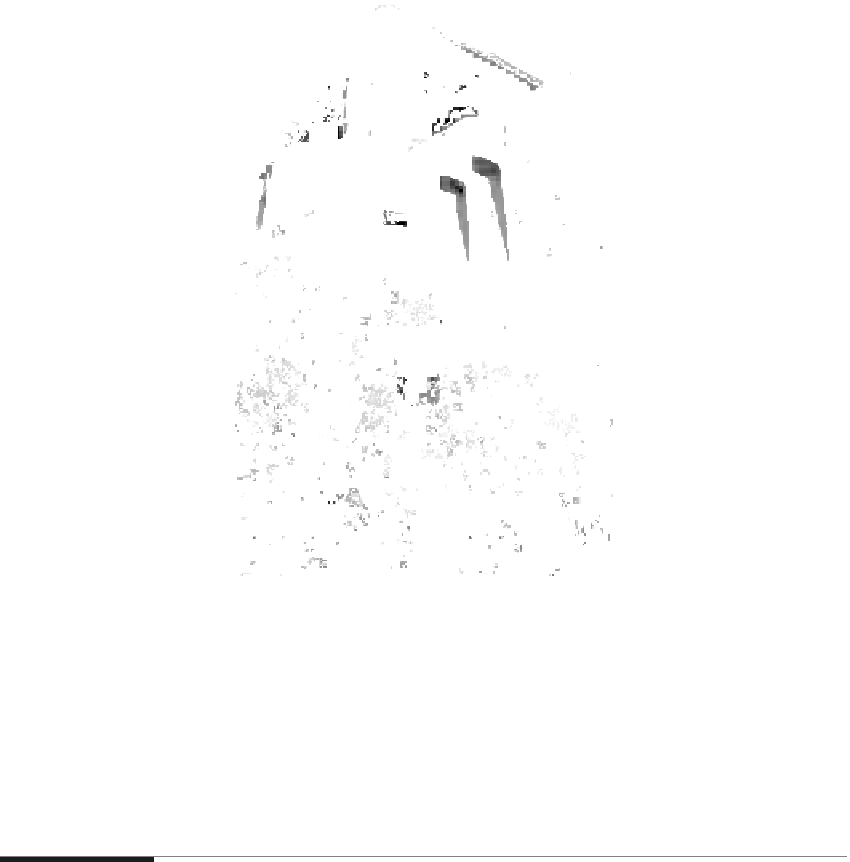Environmental Engineering Reference
In-Depth Information
FIGURE 16.4
Faced with declining commerce, Santa Fe adopted place-based architecture and arts as its economic base.
minerals or biological resources clear-cut or factory farmed.
5
“In for the long run” is a
well-known investment strategy, and almost always beats short-term returns. Similarly,
investing in place is by far the more profitable strategy—in the long run, which is where
sustainability will be judged.
16.7 Removable versus Place-Based Resources
Implicit in the contrast between economies based on extraction versus place is a distinc-
tion between types of “resources.” On the one hand, “removable resources” are the focus of
much conventional economic theory; on the other, “place-based resources” are underval-
ued or ignored. Table 16.1 compares these resource types and some of their characteristics.
Place-based resources cannot readily be removed from a region without losing all or
most of their economic value. Landscapes and local cultural institutions are obvious
examples. Likewise, “ecosystem services” (e.g., cleansing of water by wetlands) have their
greatest value in place and on a relatively local scale—relocating wetlands, for example,
usually fails to provide equivalent functional wetlands.* Only a few ecosystem functions,
*
See Kentula,
9
especially pp. 17-19 and Viani.
10
Both these reports raise serious questions about the possibility
of “mitigating” destruction of natural wetlands by constructing replacement wetlands elsewhere. On-site
restoration of damaged wetlands offers far better odds of ecological functionality.


Search WWH ::

Custom Search